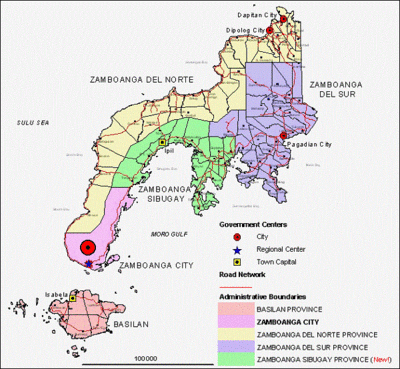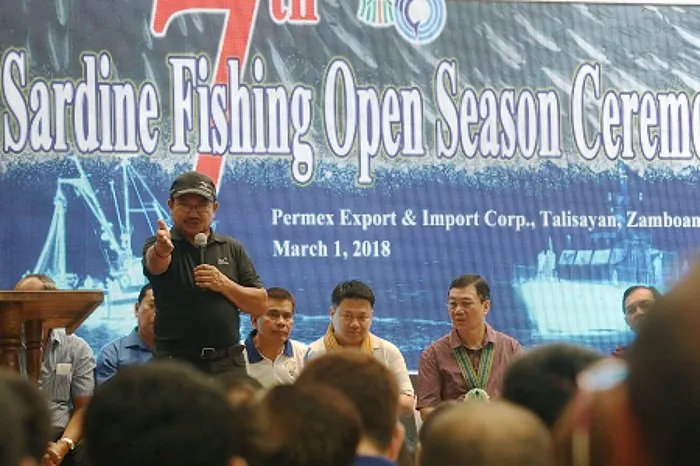HELLO STEEMIANS!!
Since I grew up in Zamboanga province, any news relating to my hometown is of interest to me and yesterday I saw on the news about the lifting of the three-month fishing ban in the Zamboanga Peninsula and so I decided to write an article about it.

Zamboanga City is known as the “Sardines Capital of the Philippines” because it has 12 canning sardines’ factories as well as Dipolog City to be known as “Bottled Sardines Capital of the Philippines” for having 25 flourishing small and large-scale sardines’ enterprises.
The Philippine Fisheries Code of 1998 (see Republic Act 8550, Section 9) implemented through JAO-01 Series 2011 or the so-called Closed Fishing Season Policy for Sardines has been lifted in the waters of Zamboanga peninsula yesterday, March 2, 2018, by the Department of Agriculture’s Bureau of Fisheries and Aquatic Resources. The three-month ban on sardine fishing started last December 1, 2017, for the purpose of averting the decline in the volume of sardines.

Emmanuel Piñol, the secretary of Department of Agriculture, joined the opening ceremony and gave his inspirational message to all the local government units, fisherfolks, and fishing companies in Zamboanga, affirming them of the positive impacts of the closed fishing season policy.
Secretary Piñol said,
There was an increase from 2015 in the catch of Sardinella lemuru (tamban). The catch was 137,142.55 metric tons (MT). It increased to 143, 060 MT in 2016 and in 2017, rose to 152, 283 MT).
It is beneficial to the country because since they started the closed fishing season, the once rare big fish—tuna, salay-salay ginto (scad)—are gradually coming back to the point that even the people in Gen San (General Santos City) are getting their tuna supply from Zamboanga peninsula.
Let’s talk about the impact of this policy
The marine policy for a closed fishing season of sardines in the Zamboanga Peninsula, Philippines is indeed a good management approach to conserve and improve fish stocks and other marine resources. It’s a way to avoid the damaging effect of overfishing and overexploitation of the country’s fisheries like the extinction of important fish species and significant economic losses. Though seasonal closure has negative impacts in terms of volume of sardine harvest/production as well as on the level of employment among workers during the three months fishing ban, still the implementation of such policy sustains both ecosystem function and livelihood.
Also, based on the results of the given by the researchers in this policy, after the three months fishing ban, obviously the fishing folk’s operators exhibited growing volume of sardine catch and the canning and bottling processors showed the increasing volume of production and rising number of workers. The level of employment of the canning and bottling companies exceeded the highest level of employment during the policy implementation and the volume of sardines and the production are expected to surpass the previous peaks of the coming years. Hence, closed fishing season policy has improved society's welfare.
Conclusion
In summary, such implementation was not an effective and successful one if not the support and cooperation of the major stakeholders especially the fishermen, the sardine companies, the sufficient funding of the government and the way of enforcing and implementing of such policy.
I look forward to the following months as to how effective this policy and how long can it sustain and provide in the economy of the Philippines in terms of sardines production.

References
- http://icfec.weebly.com/uploads/9/4/4/2/94425229/impact_evaluation_of_the_closed_fishing_season.pdf
- http://pia.gov.ph/news/articles/1005322
- http://www.manilatimes.net/zamboanga-fishing-opens-anew/383448/
- http://www.officialgazette.gov.ph/1998/02/25/republic-act-no-8550/
- Kuya J's Diary Episode 16 - Introducing "First Aid PH"
- Kuya J’s Diary Episode 15 –Kuya J's Diary Episode 15 - Importance of Basic First Aid (CPR)

